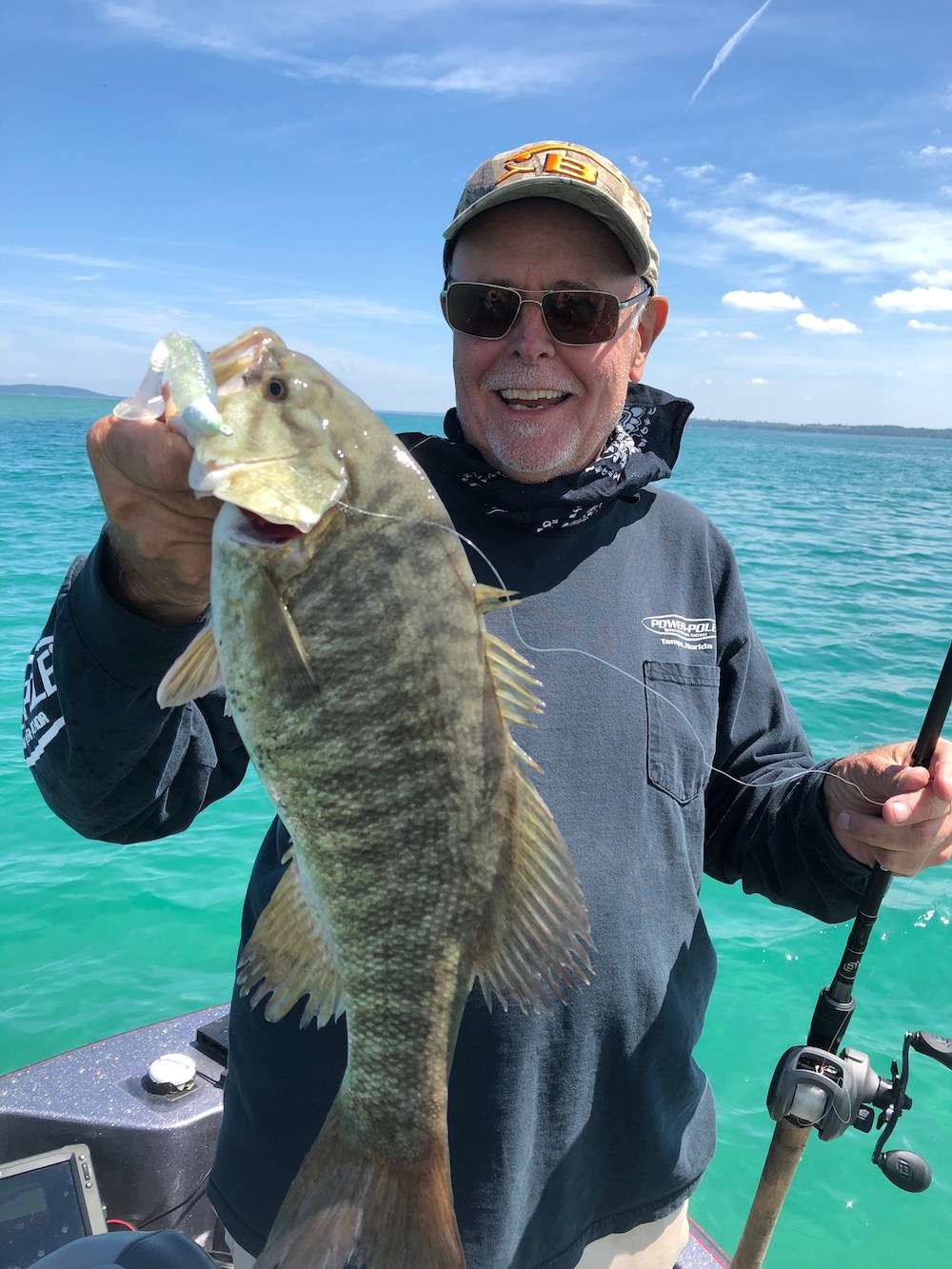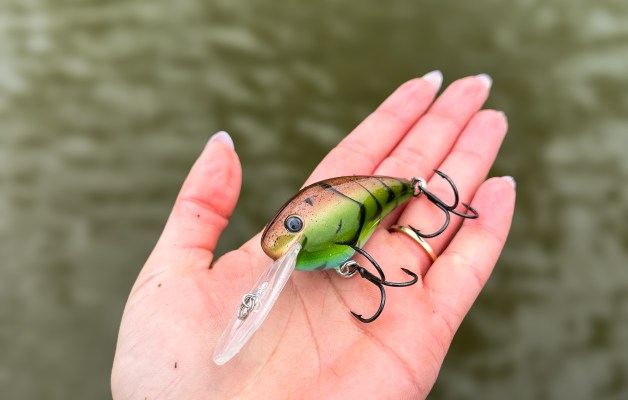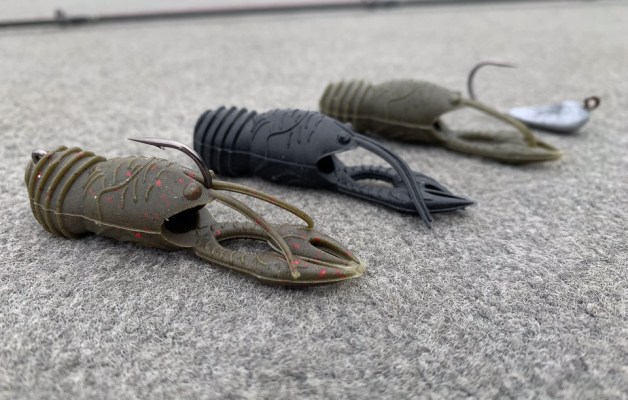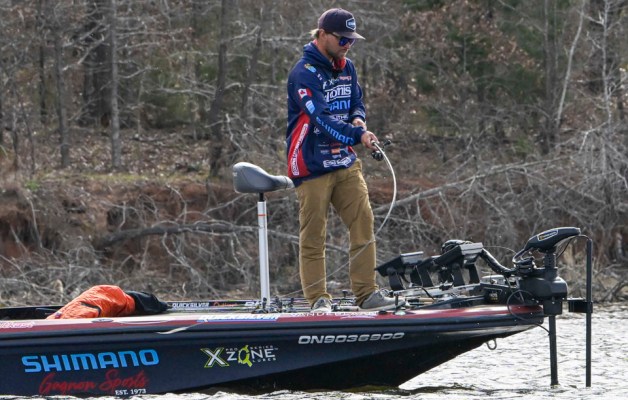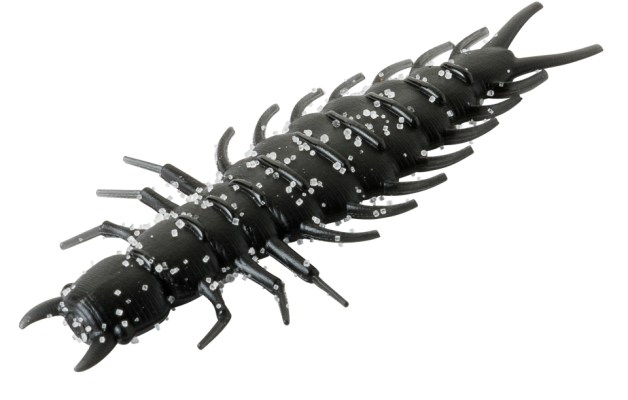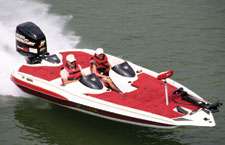
Maybe it was that cottonmouth you almost stepped on, those two dozen chigger bites you suffered, or your prized $18 Japanese crankbait that you hung and lost in an overhead power line. Whatever misfortune was the final straw on your last bass outing, you've made up your mind: Your bank fishing days are over. You're gonna take the plunge and buy a boat!
But what boat will you choose? Regardless of how much or how little money you have available to spend, there are more viable boating options available to today's avid bass angler than ever before. Whether you're a newcomer to the fishing boat scene or an experienced boater thinking of moving into a new ride, here's a rundown on what you can expect your hard-earned bucks to buy in today's boating marketplace. (NOTE: Prices shown do not include optional equipment, shipping, taxes and dealer preparation charges
FIBERGLASS BASS BOATS ($13,000 to $55,000)
These sleek boats are the gold standard for bass fishing on big inland lakes, and are marvels of efficiency when it comes to handling the demanding requirements of the serious Bassmaster. Their molded hulls, designed to lift under power, deliver blazing speed and the smoothest, driest ride of any freshwater fishing boat style. Glass bass boats range in size from 16 to 22 feet in length and are powered by outboards ranging from 25 to 300 hp. Their interior layouts are remarkably similar regardless of the boat's size and price, and invariably consist of two elevated casting decks, an aerated livewell, rod and tackle storage compartments, a driver's console and a rear battery compartment. They come factory-rigged with a broad menu of accessories, the amount and quality of which help determine the sticker price (even the least expensive glass models come packaged with a trolling motor, graph and trailer).
Pro-level tournament boats (Triton's 21X2, $54,000 with a 250-hp outboard, is a prime example) constitute the upper end of the length/price continuum; they're designed to cover sprawling bodies of water at speeds over 70 mph, and they come loaded for bear with rod and tackle organizers, GPS, shock-absorbing seats, an onboard battery charger and more. On the opposite end of the spectrum are entry-level glass rigs such as Nitro's 640; equipped with a 50-hp outboard, this 16-footer can get you off the bank for only $12,995.
Pros:
Fastest, smoothest, driest ride of all freshwater fishing boats
Big casting decks
Dedicated storage for rods and tackle
State-of-the-art livewell
Sleek styling
Cons:
Pro tournament models are expensive
Heavier than aluminum bass rigs = bigger outboard needed, more expensive to tow
Resale value may be negatively affected once styling becomes outdated
ALUMINUM BASS BOATS ($10,000 to $35,000)
Many bass anglers choose an aluminum model as their first boat because it's highly affordable, yet surprisingly well-equipped. The Tracker Pro Team 170 TX, for example, comes ready to fish with a 25-hp 4-stroke outboard for only $9,995. But even if you're a veteran boater, an aluminum rig may be your best choice, especially if you frequent shallow lakes and rivers loaded with submerged stumps and rocks. These tough fishing machines have welded or riveted hulls capable of withstanding impacts that might cause serious damage to a fiberglass hull. They're lighter than glass boats of equivalent size, so they require less horsepower to reach peak performance and are more economical to tow.
Intense competition between manufacturers in this category has resulted in aluminum bass boats that ride and fish on a level with many fiberglass tournament rigs, yet cost thousands less — Triton's 186 Magnum ($26,000 with a 150-hp Mercury OptiMax) features spacious casting decks, acres of dry storage and a pad-bottom hull for hot performance. Most aluminum bass rigs are 16 to 19 feet long, but larger and more elaborate models are available — the fully loaded Xpress X22 LE, for example, spans 22 feet and retails for $34,800 with a 250-hp Yamaha.
Pros:
Cost less than fiberglass bass rigs of equivalent size
Lighter hull = smaller outboard and less fuel expense for boat and tow vehicle
Good resale value due to "evergreen" styling
Cons:
Rougher riding than fiberglass boats
Many have less storage than fiberglass boats
JOHNBOATS/FLAT-BOTTOMS ($500 to $3,000)
Johnboats are basic aluminum fishing craft
at originated in the swampy sloughs and slow moving rivers of the Deep South. No frills here — you get a plain-Jane hull with bench seats and little else in the way of features and equipment. Although spartan, these workhorse boats are perfect for exploring untapped backwaters that are inaccessible in a bigger, heavier bass rig. Their flat bottom gives them an extremely shallow draft —as Bassmaster's Harry 'n' Charlie put it, "A johnboat kin put ya on bass in a flooded tractor rut!" On the downside, that slab bottom also guarantees a butt-pounding ride in choppy water, and a good chance the boat will porpoise (hop) under power. Johnboats exceeding 20 feet in length and costing $3,000 are available, but a 14-footer is ideal for most bass applications— you can carry it in your pickup's bed or strap it to the top of your SUV. No launch ramp? No problem! Just slide 'er off the bank and start fishing.
Pros:
Inexpensive
Highly portable — no launch ramp needed
Can operate in extremely shallow water
Cons:
May ride rough
Uncomfortable to fish from
Little or no dry storage
CANOES/KAYAKS ($100 to $5,000)
Tired of crowded lakes? A canoe or kayak can get you into the most remote and untapped bass waters on the planet. You can either fish from these craft or use them to transport you and your gear to bass holes you can't get to in a bigger boat or by wading. Most canoes are larger than kayaks (up to 20 feet), totally open inside and capable of carrying more people and gear. They're made of wood, fiberglass, aluminum or various high-tech materials. Wood canoes, prized by many anglers for their classic vibe, are the most expensive; Old Town's Classic Wood Guide 16 retails for $4,499, while its Charles River RX, a 16-foot laminate model, is the same size but over $3,000 cheaper.
Many pond and river anglers power their canoes with a trolling motor, freeing up their hands for casting. Square-stern canoes that will accept small gas outboards are available. Kayaks, which originated as whitewater craft, are finding increasing favor with bass fishermen; they're compact, inexpensive, surprisingly stable and fun to fish from. Kayaks come in cockpit and sit-on-top models. Old Town's Predator K111, an 11-foot cockpit kayak, has a tough camo-finish polyethylene hull, weighs only 48 pounds and retails for $799. Coleman's two-person kayak is a dandy 11-foot inflatable sit-on-top model that's guaranteed not to leak, comes equipped with two seats, cup holders and paddles, and sells at discount stores for under $100. On the opposite end of the kayak world lives Hobie Cat. These fishing machines are almost as well-equipped as some fiberglass boats and sell for up to $1,600.
Pros:
Inexpensive —some inflatables cost under $100
Light and portable
Ideal for river, stream and pond bassin'
Quiet and unobtrusive
Cons:
Many have little or no dry storage
Uncomfortable to fish from unless properly equipped
BASS BOATING OPTIONS FOR THE FAMILY FISHERMAN
You say you're drooling over a bass boat, but your wife and kids want a ski boat or a pontoon boat instead? Don't despair— there are some great compromise boats available for today's family-oriented bass fisherman.
FISHING PONTOONS represent a relatively recent niche in the burgeoning pontoon boat industry. These ingenious "relaxation stations" marry the extreme roominess and creature comforts of a pontoon boat with angler-friendly amenities including a trolling motor, rod holders, a livewell and swivel casting seats. A standout in this category is the Cypress Cay 220 Striper. Nicely equipped with a 150-hp Mercury OptiMax and trailer, it's yours for $35,000.
Pros:
Extremely roomy and comfortable
Great for families
Top protects against sun and rain
Cons:
Not as maneuverable with a trolling motor as a bass boat
Slow compared to equally powered V-hull
Requires more room to store
FISH-AND-SKIS are the next best thing to a bass boat for the avid bass buster. These dual-purpose fiberglass craft are equipped much like a regular bass rig with twin casting decks, a trolling motor, a graph and a livewell, but their roomy cockpit is reminiscent of a ski boat, with a walk-through windshield (you'll love it on cold, rainy mornings), swivel bucket seats, and even a stereo system with MP3 capability. The Nitro 189 is a good example of this genre; it's over 19 feet long and retails for $21,995 with a 150-hp Mercury EFI outboard, trailer and all the trimmings.
Pros:
Suitable for fishing, skiing and cruising
Fishing equipment similar to that of bass boats
Walk-through windshield offers protection
Cons:
Casting decks are often small
Limited storage capacity for rods and tackle
Most are deep-hulled and cannot access superskinny water

